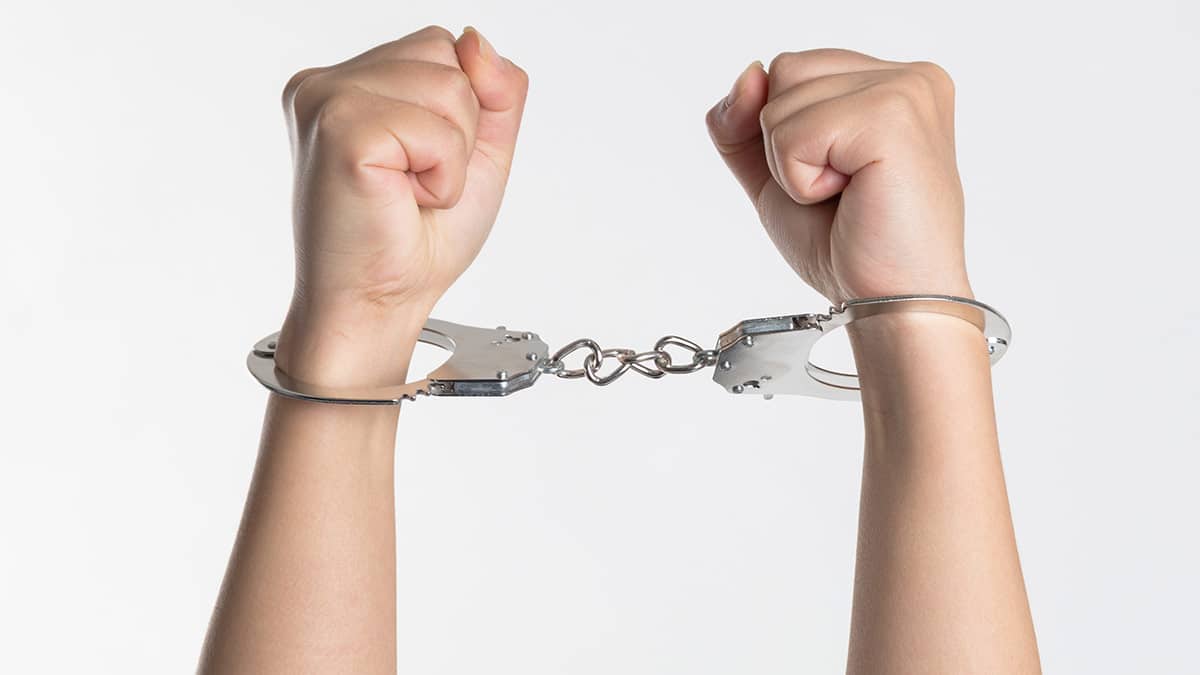The Australian Influencer Marketing Council (AIMCO) released its first Influencer Marketing Code of Practice this week. But it’s a lot different than anything we have here in the United States.
American Influencers, to date, have only be governed by the Federal Trade Commission (FTC) and its often vague disclosure guidelines. Few fines have actually been levied and the only well-known American influence marketing trade association hasn’t done much. So, influencers here only live within their tolerance for risk of being fined.

As a matter of disclosure, I am a paying member of the Influencer Marketing Association. It began in 2018 but to date seems to be a director-less organization made up of a couple of loose committees. Everyone associated with it, to my knowledge, have other full-time jobs. I’ve had conversations with several of its board members about involvement, but beyond few emails, it doesn’t appear to be active.
Australia’s at least published standards. And they go beyond disclosure. Topics covered include vetting influencers, contract considerations, intellectual property ownership, analytics and reporting. Yes, disclosure is a big piece of the standards, too.
The code applies to anyone working in the influencer marketing space and is enforced by the Audited Media Association of Australia which launched the council last year. The AMAA is sort of like the American Marketing Association. The council is made up of brands, agencies and media companies. So it doesn’t likely have legal or government policy jurisdiction, but likely possesses the requisite leverage across Australia to enforce best practices at the higher levels.
American companies interested in influencer marketing and its hopefully soon-to-come U.S. industry norms need to study these standards. One interesting point made in the reports I read of it was that a study claimed 70 top Instagram influencers were not disclosing commercial partnerships when promoting alcoholic beverages. The CEO of Vic Health, which conducted the study, said the alcohol industry was akin to the marketing practices of big tobacco.
Vic Roberts said, “Our research shows the alcohol industry is employing tactics straight out of the playbook of Big Tobacco, using high-profile influencers to make their products appear glamorous and sophisticated to young people.”
If Australian influencers are pushing the boundaries of acceptable marketing toward youth, that is the responsibility of the spirits companies and the government may need to step in. In the U.S., it did, many years ago.
Here the onus on spirits advertising lies with the spirits brands themselves. They are governed by an industry association which is run in agreement with the States Attorney’s General to adhere to pretty high standards. Brands watch over each other and either report violations or deal with issues directly.
I have had more than one conversation with agencies or brand representatives at competitors of my clients through the years about toeing the line. We look out for each other in that way — not combative, but collaborative. And to a person, everyone in the spirits industry I’ve ever worked with has been insistent about compliance. Especially when it comes to underage consumers.
But the precedent of the Australian Influencer Marketing Council to dig deeper into issues beyond disclosure is a godsend for America. When our industry association gets around to having something to say, they now have a blueprint.
I only wish we’d taken advantage of the opportunity to lead rather than follow.

